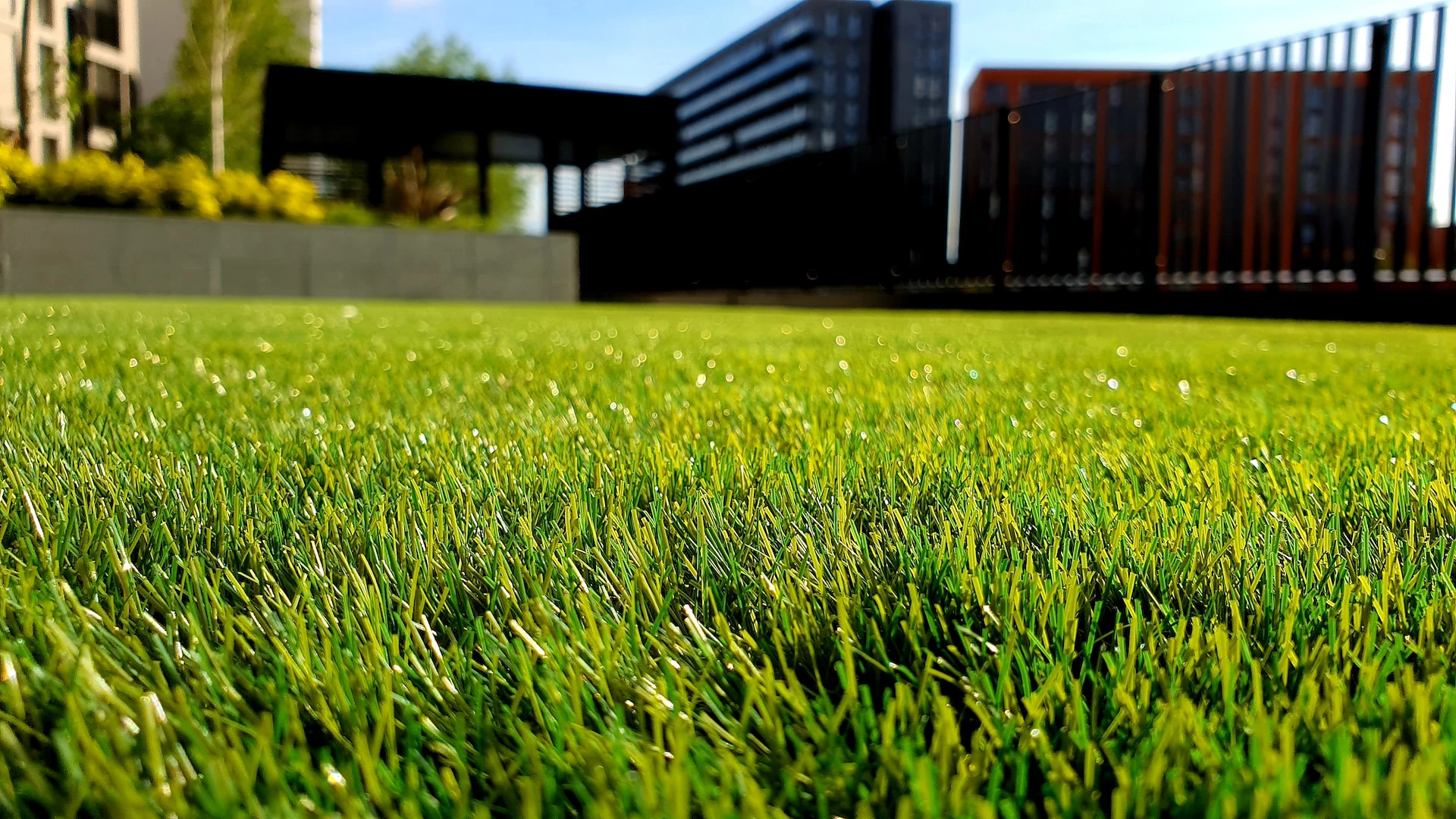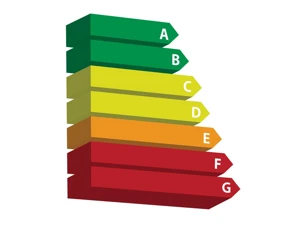One major area of concern is plastic consumption, which has detrimental effects on the environment. If you're embarking on a green home build project, incorporating sustainable practices and minimising plastic usage should be a top priority. By following a few simple steps, you can significantly reduce the amount of plastic waste generated during your project and contribute to a cleaner, greener future.
With it being Plastic-Free Month, we thought it would be helpful to point out the areas in which you can eliminate the use of plastics in your home build project.

Why shouldn’t you use plastic in your project?
As a society we all know that we should be reducing plastic use in our everyday lives, such as using paper carrier bags, paper straws, and substituting other single-use plastics for biodegradable or long-term alternatives. But why?
Plastics made from fossil fuels are non-biodegradable, which can alter and damage natural habitats for a huge portion of the world’s animals, including humans.
Despite the focus on recycling plastics in the UK, most plastic waste is disposed of via incineration. According to The Big Plastic Count1, a report put forward by Greenpeace in collaboration with Everyday Plastic, 46% of household plastic waste is incinerated, while only 12% is recycled.
This is having a dangerous effect on the environment and health, because when plastics are burned, they release harmful chemicals into the air.
As well as single-use plastics being disposed of, plastic building materials also release harmful chemicals into the atmosphere when set alight. Accidental fires in properties with plastic building materials and cladding are a very real risk, as seen in the Grenfell Tower incident in 2017.
Opt for alternative materials
When planning your construction project, consider alternative materials to replace commonly used plastic products. There are many areas of a home build project in which the plastic building materials used can be substituted for non-plastic alternatives, such as windows and doors, insulation, service pipes and wiring, finishes, and the list goes on. Here’s some examples of alternatives you can use.
-
Window and door frames
Most modern windows, doors, and frames tend to be made from PVCu due to its durability and energy-efficiency. Despite this, there are effective and more eco-friendly alternatives you can use in your project. Window and door frames made from aluminium and timber are frequently used by those building their own property as an alternative to plastic.
-
Insulation
Solid external wall insulation is often made from different variations of plastic, while internal wall insulation is often made from different forms of foamed plastic. Some natural, more eco-friendly alternatives to plastic insulation are hemp, sheep's wool, cellulose, wood fibre, and other natural fibres.
-
Finishes
Plastic is commonly used in a range of finishes and home fittings, such as carpet, underlay, and worktops. There is a wide variety of plastic-free carpet materials available, including jute, coir, and sisal. When it comes to hard flooring, wood, cork, and natural linoleum are all great alternatives to plastic flooring.
-
Garden fittings
One area in your project in which the use of plastic can be almost totally eliminated is in the garden. People often convert their garden grasses into artificial turf made from plastics, which can have a variety of negative health and environmental impacts. Turf made from plastics has been found to contain a variety of carcinogens2, chemicals that cause cancers.
The use of artificial turf also has a negative effect on the wildlife around your property. When using real grass, animals and insects thrive and your garden becomes their natural habitat. In addition to this, grass lawns take in carbon dioxide and produce oxygen3 - just not at the same rate of trees and other plants. However, the use of artificial turf has no beneficial value for wildlife or oxygen production.

Avoid single-use plastics
Throughout the construction process, be mindful of single-use plastic items and seek reusable or biodegradable alternatives wherever possible.
Instead of single-use plastic bags or wraps, use reusable containers or fabric wraps to store and transport materials.
You should also opt for durable, long-lasting tools and equipment wherever possible. If you invest in and take care of quality tools, you may not ever have to replace them, which is better for both the environment and your wallet.
Proper waste management
Where you can, implement an efficient waste management system to ensure responsible disposal of plastic waste. Consider the following:
-
Set up designated bins for different types of waste, including plastics, and find your local recycling facilities to recycle as much plastic waste as possible
-
Whenever feasible, salvage and reuse plastic materials from your construction site to reduce the need for new plastic products
-
For plastic waste that cannot be recycled or reused, dispose of it responsibly by following local regulations and guidelines

Buy from eco-friendly suppliers
When sourcing materials and products for your home build project, prioritise suppliers who offer environmentally friendly alternatives. Look for suppliers that offer plastic-free or low-plastic packaging options or those that have sustainable manufacturing practices.
Protecting the environment
Reducing plastic consumption in your home build project not only helps protect the environment but also sets an example for others to follow. By opting for alternative materials, avoiding single-use plastics, implementing proper waste management, and engaging with eco-friendly suppliers you can make your own significant impact.
Embracing sustainable practices during your home build project will not only benefit the environment but also contribute to the creation of a healthier, more sustainable future for generations to come. If you’re looking for more ways to make your home more eco-friendly, read our article on improving the EPC rating of your home.
Important information
Your home may be repossessed if you do not keep up repayments on your mortgage.
There may be a fee for mortgage advice. The actual amount you pay will depend on your circumstances. The fee is up to 1% but a typical fee is 0.3% of the amount borrowed.




